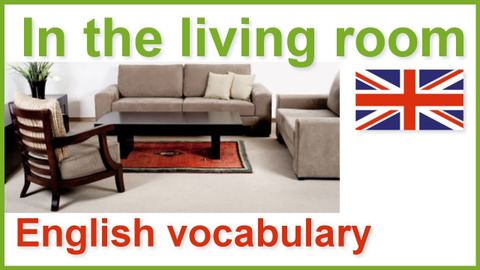
Subtitles & vocabulary
House and home English vocabulary lesson | The living room
00
Faryl Wu posted on 2015/02/02Save
Video vocabulary
account
US /əˈkaʊnt/
・
UK /ə'kaʊnt/
- Noun (Countable/Uncountable)
- An advantage
- Arrangement with a bank to keep your money for you
- Intransitive Verb
- To give a satisfactory explanation for something.
A1TOEIC
More English
US /ˈɪŋɡlɪʃ/
・
UK /ˈɪŋglɪʃ/
- Uncountable Noun
- Language of the UK, USA, Nigeria and elsewhere
- Proper Noun
- Person's name
A1
More left
US /lɛft/
・
UK /left/
- Verb (Transitive/Intransitive)
- To go away from; depart
- To gift property to someone after you die
- Noun
- Side of your body your heart is on
A1
More hand
US /hænd/
・
UK /hænd/
- Countable Noun
- Cards given to a player in a card game
- Piece of a clock that points to the time
- Transitive Verb
- To give something to someone personally
A1
More Use Energy
Unlock All Vocabulary
Unlock pronunciation, explanations, and filters
